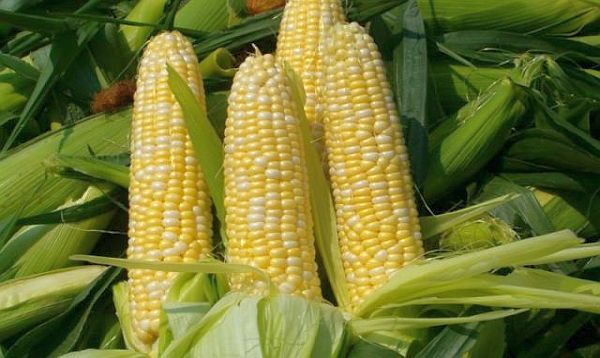Mexico City - The agricultural technology company Monsanto has grown in Mexico between 8 and 10 percent yearly since 2015, according to Manuel Bravo Pereyra, Monsanto's president and general director in Northern Latin America, despite widespread protests and legal battles to stop its entrance into the country known as the corn cradle.
During Tuesday's closing ceremony of the "Modern Agriculture: science and agro" seminar, Bravo said more than a million agriculture producers acquire Monsanto products such as seeds and pesticides. He also declared this growth is similar to other nations,' and that they are optimistic it will continue to grow this year.
Every year, Monsanto invests $500 million pesos (approx $27 million USD) in its International Research Center for Native Characteristics, based in the State of Nayarit. It currently has eight different research sites, 750 employees, and four production plants in the country.
 |
Historians and scientists often identify Mexico as corn's place of origin, where teosinte was domesticated by its native population during a process of seed selection lasting thousands of years and was relative to each area's characteristics. Corn is central to many of Mexico's native cultures, gastronomy and even belief systems.
Monsanto has been widely criticized in Mexico by traditional farmers, activists, organizations and native communities who believe the introduction of genetically modified seeds would harm the 64 known native corn species and the farmers' ability to grow corn themselves without the need of a transgenic seed, but others have embraced it to enhance production.
Bravo warned about Mexico's food deficit, saying it currently imports 33 percent of its corn, about 90 percent of its soy, 80 percent of its cotton and 60 percent of its wheat. He added this tendency wouldn't reverse if the necessary innovation is not carried out.
The company's operations in Mexico began in 2009 when it got permission to start an experimental phase with genetically modified corn from Sinaloa, a north-western state. Since then, it has expanded its corn experiments to Jalisco, a neighboring state, and other crops to the rest of the country, even though some of them have been banned.
In 2017, transgenic soy crops were banned from seven different states, as their crops were found in unauthorized areas.
Despite Mexico's laws prohibiting transgenic crops in its national territory, they do allow for their import and their cultivation in designated areas. Also, the seeds need the herbicide glyphosate, which goes by the name of Faena in Mexico, which has been linked to specific cancer cases. About 80 percent of the food consumed in Mexico has transgenic traces, as seen in the documentary "The World According to Monsanto," by Marie-Monique Robin. Greenpeace also published a study about Monsanto in Mexico, and it includes most of the popular trademarks in a blacklist containing transgenics.
Among Monsanto's most recent innovations is "nanomaiz," which they claim is non-transgenic, performs 20 percent better and requires less water and fertilizer to grow.
"This is not biotechnology, it's not a genetic modification of the plant through biotechnology, but it's the product of many years of research by Mexican scientists who work for Monsanto that have developed hybrid mixes," said Laura Tamayo, Corporation Affairs of Monsanto in North Latin America, regarding nanomaiz.
Tamayo also stated that Monsanto is not renouncing their use of transgenics, but rather just working with new technology. This nanomaiz is smaller than other strains, at only 1.70-1.80 meters (5.5-5.9 feet) tall, and they claim it will be easier to grow and harvest. This seed is currently in a "pre-commercial" phase in Sinaloa.
Original article


